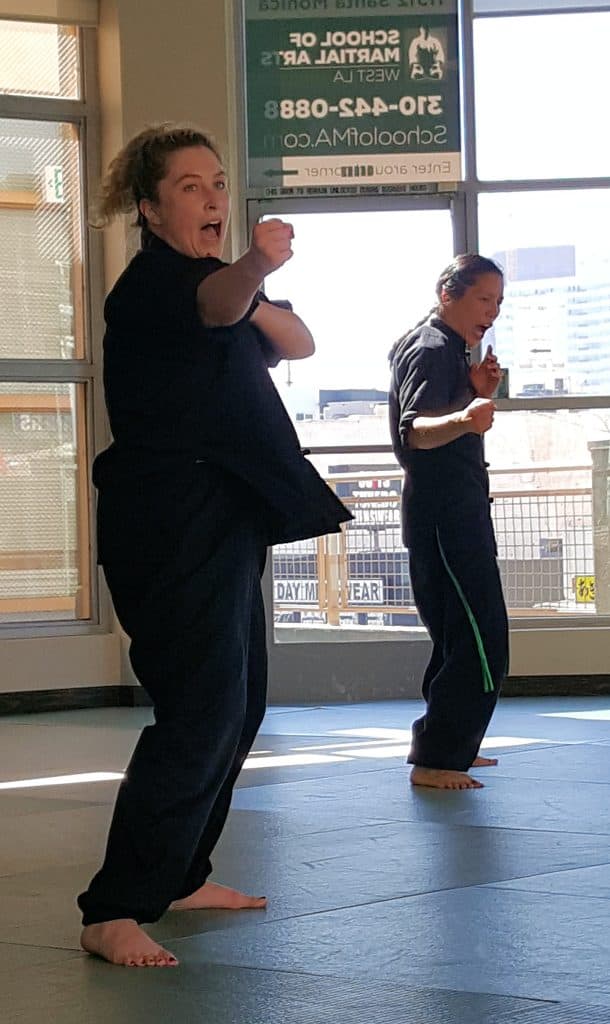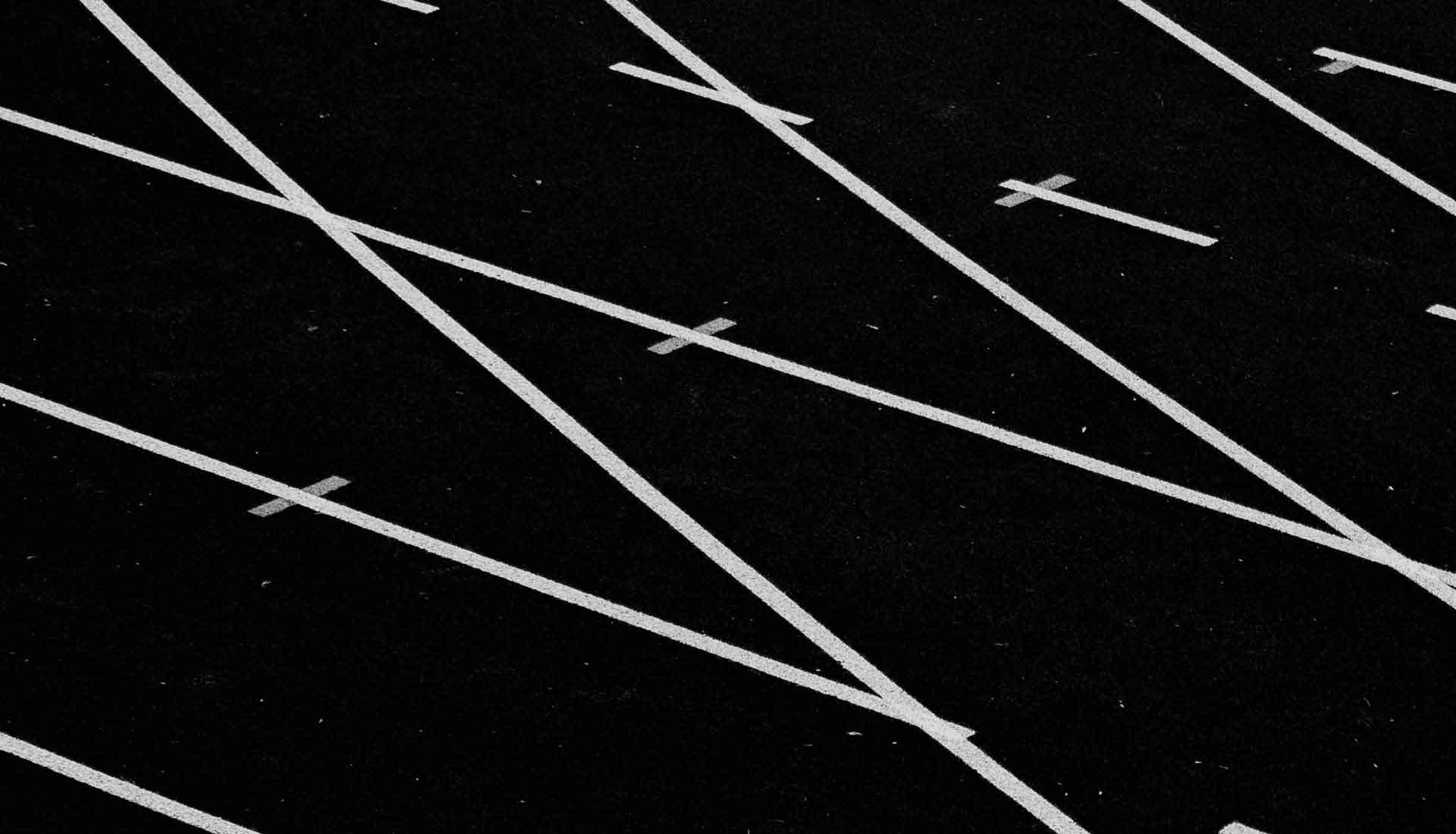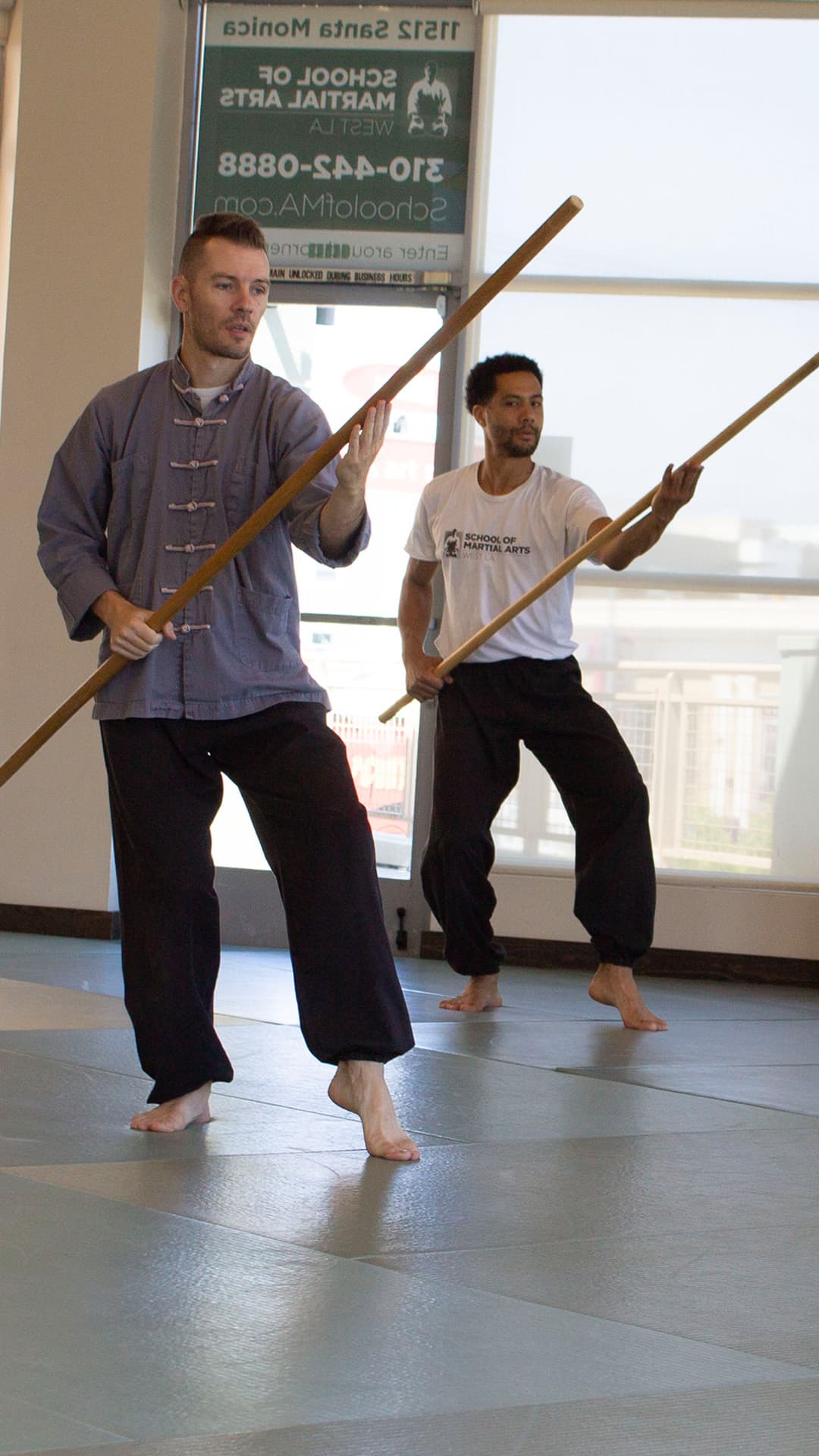 We have a few tests coming up soon in the dojo, including our first ever black sash test at the end of March. I’ve been thinking a lot about testing lately, and I’ve gotten a few questions about the process. Some people wonder about the logistics (when do I test, what’s on the test), while others are curious about how hard the test is and are probably wondering if they’re ready. This is less common, but I also had a conversation recently about the philosophy behind testing. Why do we test in the first place? Most people probably just think testing in martial arts is a given. You have to test to get the next rank, right? This isn’t necessarily true.
We have a few tests coming up soon in the dojo, including our first ever black sash test at the end of March. I’ve been thinking a lot about testing lately, and I’ve gotten a few questions about the process. Some people wonder about the logistics (when do I test, what’s on the test), while others are curious about how hard the test is and are probably wondering if they’re ready. This is less common, but I also had a conversation recently about the philosophy behind testing. Why do we test in the first place? Most people probably just think testing in martial arts is a given. You have to test to get the next rank, right? This isn’t necessarily true.
First of all, in Tai Chi and some other styles, there is no rank. The whole concept of rank was actually introduced to martial arts in the last century by the founder of Judo Jigiro Kano. In some schools that do have rank, there is no testing. Once you’ve been practicing long enough and you’re good enough to be a certain rank, the teacher awards you the next belt or sash. Most Brazilian Jiu Jitsu schools handle rank this way. Unfortunately, it’s actually quite common for schools (especially those that cater to kids) to just hand out rank to students as long as they’ve been paying their tuition, regardless of their skill. You can imagine the problems this causes.
Other schools like ours make you test for every rank, even a white sash! Our philosophy is that the test is a very important part of practice. It gives us the opportunity to see how far we’ve come. By performing increasingly difficult techniques, combinations, forms, and drills like sparring and weapons defense, we can clearly recognize how we are progressing and what we still need to work on. It’s also a great opportunity to push our physical and mental limitations. During a hard test, we eventually run up against a wall. We feel like we can’t possibly continue, yet dig deep to find the strength to continue. This might happen several times during a test, especially for a more advanced rank. I remember during my red sash test when multiple students had to run to the bathroom to throw up, only to return seconds later to keep working.
Many students get stressed out by the prospect of testing. I’ve seen more than a few people try to avoid a test by telling me they aren’t ready or letting their attendance slip. I’ve had a few people break down in tears before a test. That stress is part of the test! When we have to deal with the emotions leading up to a difficult event, we grow even more from it. Eventually, we hope to come to terms with the fact that stressing doesn’t help. If it causes us to work harder to prepare, then that’s great. But letting go of the anxiety and focusing on preparation is what helps.
In our adult tests, we have a few additional components that I haven’t seen anywhere else outside of our schools in Michigan. Starting at yellow sash we write papers about our experience with martial arts. The point of the paper is to reflect on what you get out of practice and why you continue to come. It is also to share that experience with other students and me. This is the most stressful part of the test for many as they read their papers out loud in front of everyone. I personally don’t see why people fear public speaking more than someone trying to punch, kick and throw them. The vulnerability that is often present as people talk about their personal experience is wonderful. I get inspired every time I hear a paper.
Another unique aspect of our test is the meditation. Starting at green sash, we meditate for an hour without movement. During my two hour meditation for red I thought I would surely fail because my hip was in such an uncomfortable position, yet I continued to sit still. When my Sifu ended the meditation, I threw myself off of my cushion. This was a great lesson for me to find a better posture. By black sash I had it all figured out and had a wonderful meditation. This can be another stressful part of the test, or it can be a nice, relaxing evening. It all depends on preparation and attitude.
When we test, we are put through the ringer in a safe environment. We have the chance to try our very best and see what we are capable of. When the test is over, we look back on it fondly. Perhaps most importantly, we can approach anything in life from a more ready state. We have already learned how to deal with the stress, learned how to prepare, and developed a more powerful attitude. Whatever life throws at us in the future, we can tell ourselves, “it probably won’t be as hard as that test.”



